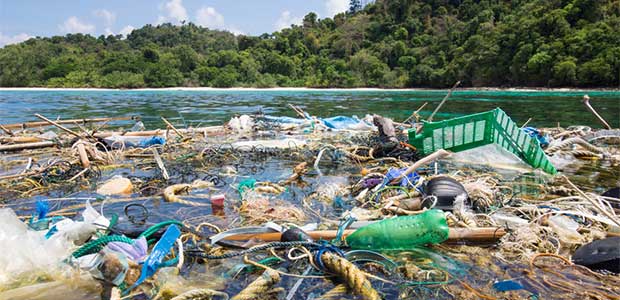
Funds will help EPA partners identify health risks in the water.

The grants given are meant to help underserved communities get cleaned up.
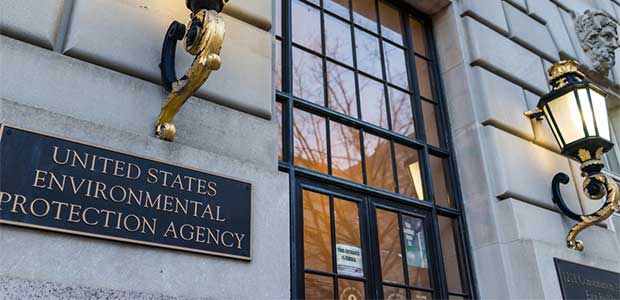
Janet McCabe serves as the 16th Deputy Administrator of the EPA.
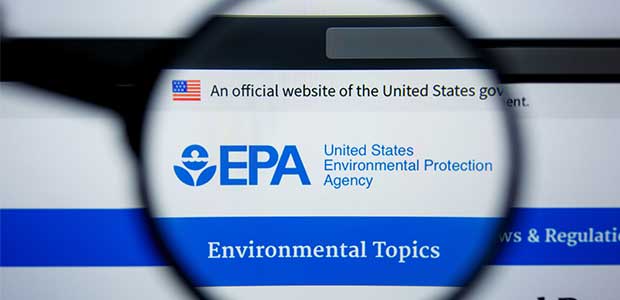
The EPA is asking environmental education experts to apply for a spot on the NEEAC.
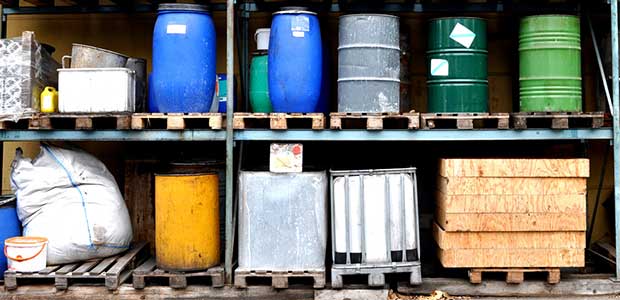
A South Portland manufacturer has agreed to pay a penalty to settle charges by the EPA that violated the Clean Air Act’s chemical accident prevention rules.

Waste production, especially plastic waste production is soaring high under the impact of the COVID-19 pandemic
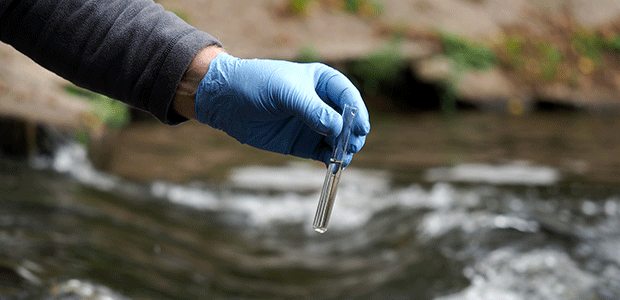
January’s initiatives are just a few glimpses at what’s possible under the Biden administration.

The coronavirus pandemic has increased the need for PPE, which has the potential to become litter.

The EPA’s Chief of Staff announced the new agency assignments in an email.

Try using these ideas to kickstart your workforce’s new eco-friendly habits.
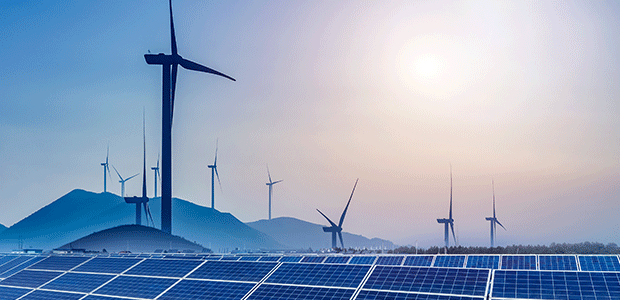
As renewable energy use becomes more common, protecting those who work in the industry should be a priority.

A wild mink in Utah is the first recorded coronavirus infection in a wild, free-range animal.
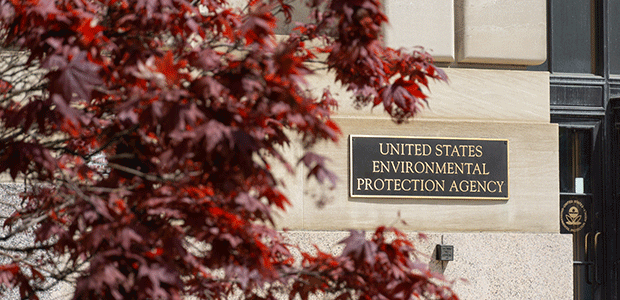
With green practices, businesses can save money and energy while still complying with EPA regulations—no matter how lenient or strict they are throughout presidencies.

Biostimulants are an environmentally conscious alternative and have applications both in developing rustic or agricultural lands, such as commercial farms, and on smaller-scale gardens or allotments.
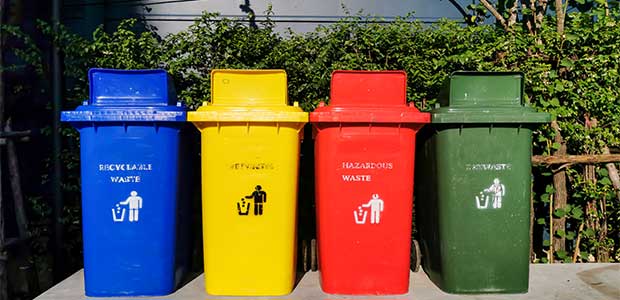
Choosing the correct container to properly store waste is important for both your business and the environment.
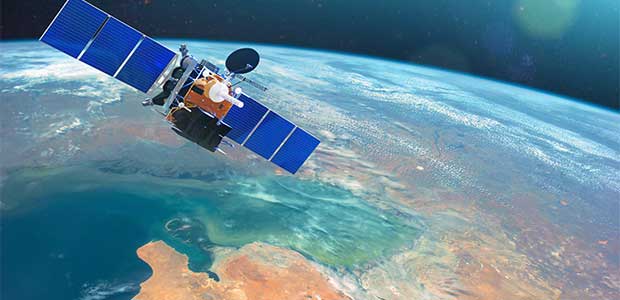
NASA’s Sentinel 6-Michael Freilich satellite will monitor changes in sea level for the next ten years.

Former Secretary of State John Kerry has been appointed as the first ever Special Presidential Envoy on climate change.

The EPA awarded around $660,000 to Native American tribes in Virginia for the purpose of advancing environmental education.

The difference in daily life brought on by the coronavirus pandemic reduced nitrogen dioxide emissions by 20%.
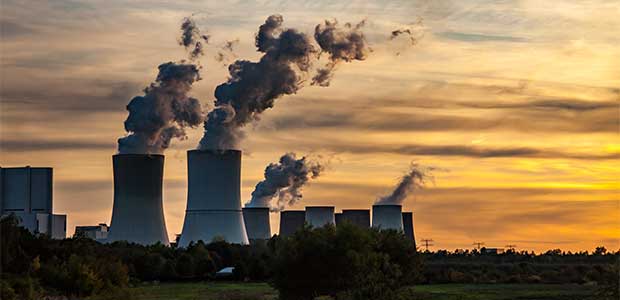
A new study featured in the Scientific Report details the irreversible state of global warming.